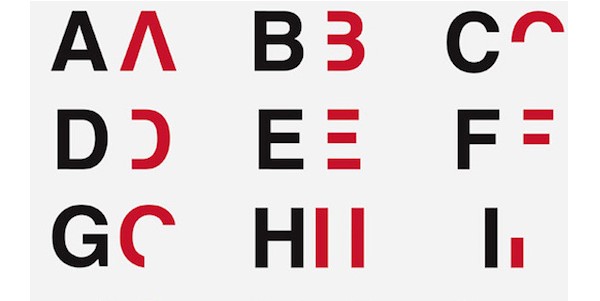
What is Game Accessibility?
Broadly speaking, game accessibility refers to the accessibility of all gaming products including video games, tabletop RPGs (role-playing games) and board games.
Accessibility involves two key issues: how people [with disabilities] access information and how designers and developers enable (by removing obstacles).
With an increasing number of people interested in and using games for other purposes than entertainment – such as education, rehabilitation or health – game accessibility is more important than ever, especially if players with disabilities could benefit.
What is the size of the problem?
A 2010 game accessibility survey estimated that 2% of the U.S. population is unable to play a game because of an impairment and that 9% can play games but suffer from a reduced gaming experience.
According to the World Health Organization (WHO), more than one billion people, or 15% of the world’s population, experience some form of disability. Others estimate that between 15-20, perhaps even 25% of people have disabilities. Even with the lowest of those numbers, with over 7 billion people in the world, we are looking at leaving an estimated 1 billion people out.
An estimated one in five casual video gamers has a physical, mental or developmental disability, which correlates with these estimates.
As games are increasingly used as educational tools, there may be a legal obligation to make them accessible. Refer to Section 508 (US) or the Equality Act 2010 (UK) as examples.
What barriers to access are there?
Using WCAG terminology, your content needs to be Perceivable, Reliable, Operable, and Robust. Let’s explore how failure to meet these needs creates barriers:
Perceivable

Not being able to receive feedback from the game due to a sensory impairment is a common problem with games. Examples include not being able to hear dialogue or audio cues in a video game because of a hearing impairment, or not being able to see or distinguish visual feedback (due to visual impairments like colour blindness).
Operable
Players not being able to provide input using a conventional input device, or carry out game actions, due to a motor impairment is another challenge. Try to keep your game actions as simple to carry out as possible, and reduce both the volume and complexity of inputs.
Understandable
Not being able to understand how to play the game or what input to provide due to a cognitive impairment. Your games’ instructions need to be simple to understand.
People with learning disabilities may have low literacy or a combination of complex needs, for instance an individual might also have limited coordination. Real-time strategy games, for example, require a lot of micromanagement, which may be too difficult to understand and to perform for someone with a learning impairment.
So, what can I do?
Use the following strategies to make your games more accessible:
Reduce input: Remove unnecessary additional tasks if they are not adding to the learning or improving the experience. Automate what you can.
Reduce stimuli: Limit the number of game objectives and reduce the narrative/storyline. Give short, clean and unambiguous instructions.
Enhance stimuli: Use a high contrast, colour-blind-friendly, colour scheme and avoid using colour alone to convey meaning. Increase the font size to make your content as legible as possible and avoid placing text on busy backgrounds. Use bold for emphasis and use italics sparingly. Save your creative typefaces for the game logo and packaging and ensure rules and instructions are in a clear and sensible font that is easy to read. Reserve underline for hyperlinks.
Replace stimuli: Be prepared to provide alternative methods. For example, if your instructions are in fine print, consider linking people to a video version of the instructions. Ensure your video has subtitles and closed captioning, with audio and visual cues as appropriate. Check out Dized as a brilliant example of a companion app that provides the rules and tutorials in an alternative format to an instruction manual.
Reduce or remove time constraints: Allow players to play at their own pace.
Have accessibility on by default. The base experience should be as accessible to as broad an audience as possible to make it more inclusive.
Why you should care?
The strongest reason is that accessible games are almost always extremely usable by everyone. They are easy to pick up and learn. For a learning game this means that you have created the optimum conditions for all your learners to achieve their learning outcomes. For a commercial game, you are ensuring the largest possible audience, and therefore potential profitability.
What resources are there?
Whether you are designing digital or physical tabletop games, for entertainment or for educational purposes, check out the Game Accessibility Guidelines
The great thing about these guidelines is they tell you not just what to do, but allow you to dig deeper on both why and how.
- Designing for accessibility in games - 4th August 2020




Be the first to comment